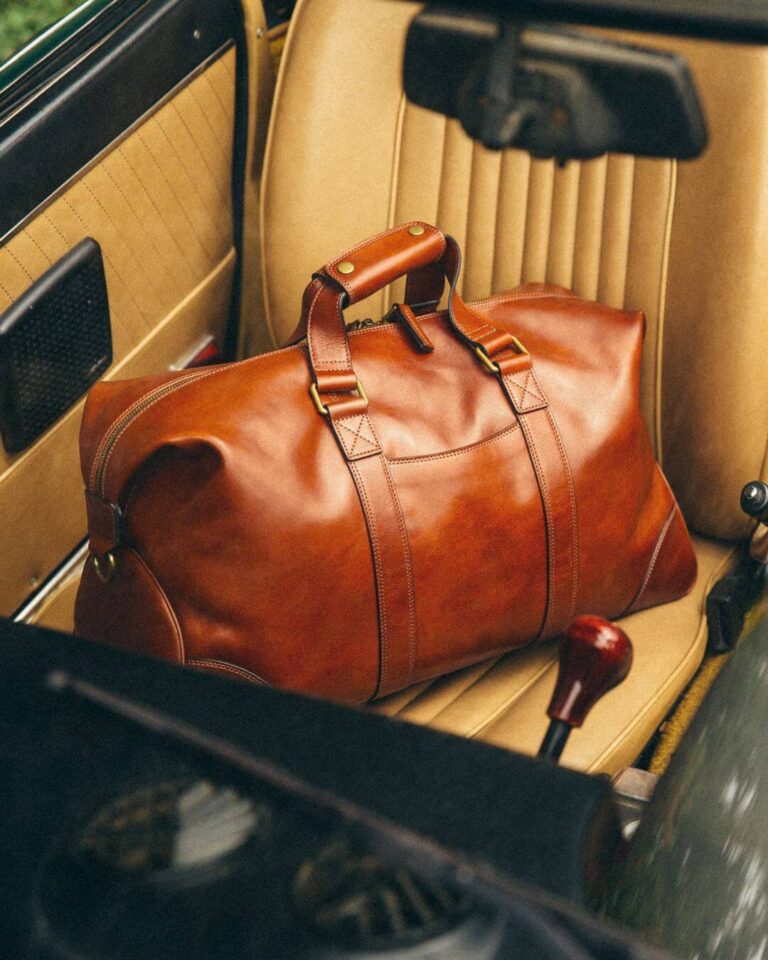This story originally appeared on the Gents Cafe Newsletter. You can subscribe here.
Bosca is a manufacturer of leather goods founded in the US by an Italian immigrant: the brand brings together the best of the two countries to offer timeless products to its loyal customers.
In this issue of Brand Talks Chris Bosca, grandson of the founder, shares with us the recipe behind the long-lasting success of the family owned company.
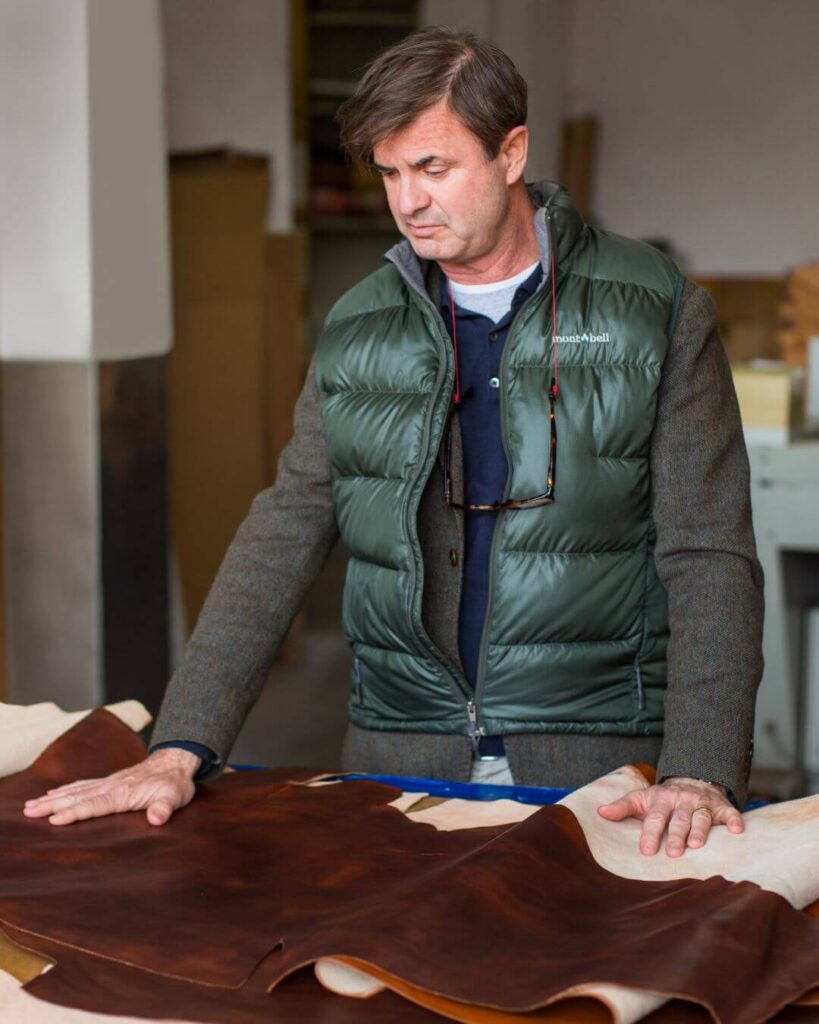
Your company was established in the US by an Italian immigrant: could you tell something more about the origins and early years of the brand?
Today, we often begin our story by stating that we are an “Italian-American success story.” Hugo Bosca arrived in the US in the early 1900s as a trained leather artisan, joining a group aiming to establish a women’s handbag company, ultimately becoming the managing partner. During the depression years, when the other partners departed, the company remained solely in the hands of the Bosca family.
Throughout this period, the primary products were small handbags crafted following the Italian method—cutting and preparing all components in a central factory location and assembling them elsewhere, a practice still prevalent in Italy. However, with our own factory established in the US, we eventually transitioned to conducting all operations in-house, a philosophy we are now applying to our new Italian factory. We believe this approach allows us better control over quality.
During WWII, the company secured contracts to manufacture flight cases, instrument cases, helmet head straps, and other items supporting the war effort. Hugo declined to return to Italy to fight for Mussolini, while his sons, Mario and Orsino, enlisted as officers in the US Navy. Post-war, Mario and Orsino helmed the company, earning a reputation for stylish and luxurious women’s wallets and small purses. The 1950s and 60s marked the pinnacle of American department stores, with the Bosca brand showcased in over 25 mid-to-high end department stores.
Since then, our product line has evolved, transitioning between categories periodically. Presently, we specialize in men’s wallets, bags, belts, and other personal accessories, including shave kits, cocktail shakers, and wine bags. This year, we launched the “Cucina Italia” capsule, featuring a chef’s apron, knife, and corkscrew crafted in collaboration with Saladini, housed in Bosca leather cases. To top it off, we offer newly pressed “Olio Nuovo”—a high-grade Italian olive oil.
You state on your website that you are small by choice and want to keep Bosca a small, family-owned company. Would you say this choice has rewarded you in the long term?
This question brings to mind an interview with J. J. Cale, one of my favorite musicians. The interviewer, fascinated by his style, was asking where it came from. Cale chuckled and replied that his style was a result of not being able to do anything else. So, while this path is a choice, it has been immensely rewarding. Yet, perhaps the choice wasn’t to be small; rather, being small is the outcome of other choices made to stay true to the DNA of the brand and authentic quality. Throughout the years, I’ve been in numerous meetings with large retail clients, many of which are now defunct, and I was consistently urged to “dumb down” our product, to cut costs, corners, and sacrifice quality to meet price demands. I refused. In these decisions, we’ve stayed true to who we are, who I am, and to everything we can proudly stand by.
Today we have a few nice department store retail accounts, and about 200 independent retail partners. They are a great support to us, and we try to support them in return. The reality is that much of the business is now online, and while I mourn the change and loss of the retail experience in the US, I am also enjoying the direct relationship with our customer. I get to read and respond to the reviews and comments myself: it is time consuming, but it is always informative and mostly encouraging and energizing. I am happy with our position in the world, and I have faith that if we continue to tell our story people will keep discovering us. Once a person discovers us, and once they are sensitized to the kind of quality and character that we offer, they become very loyal. We are committed to respecting that trust.
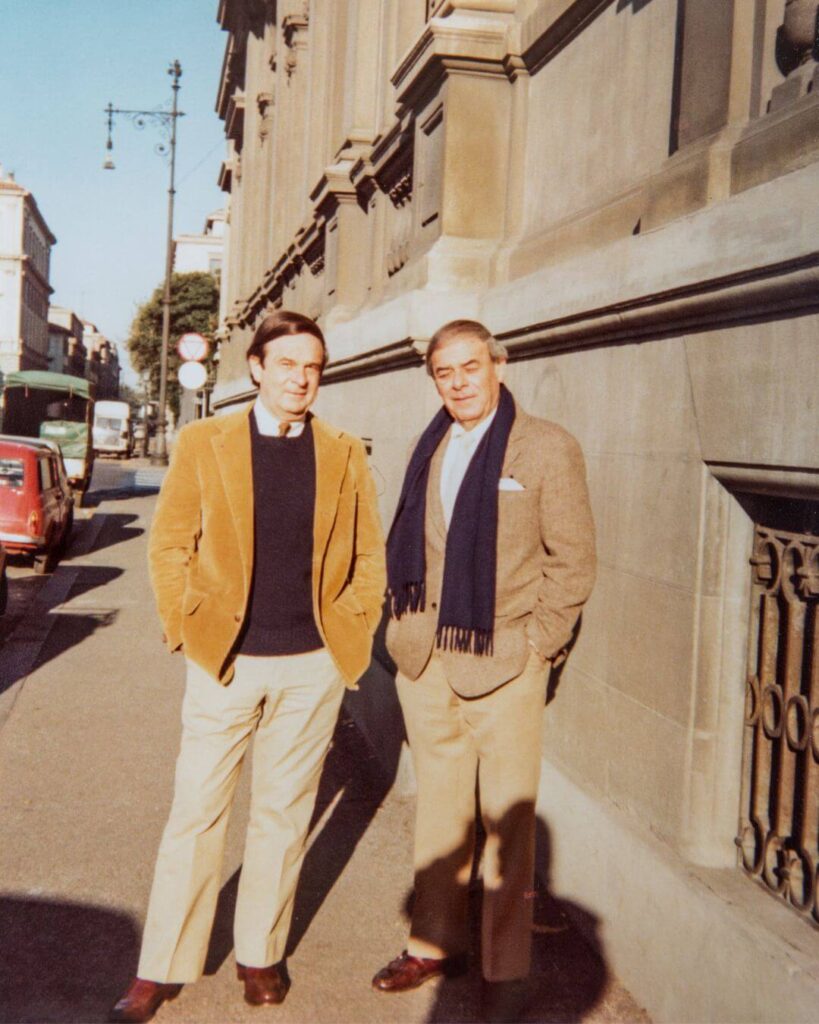
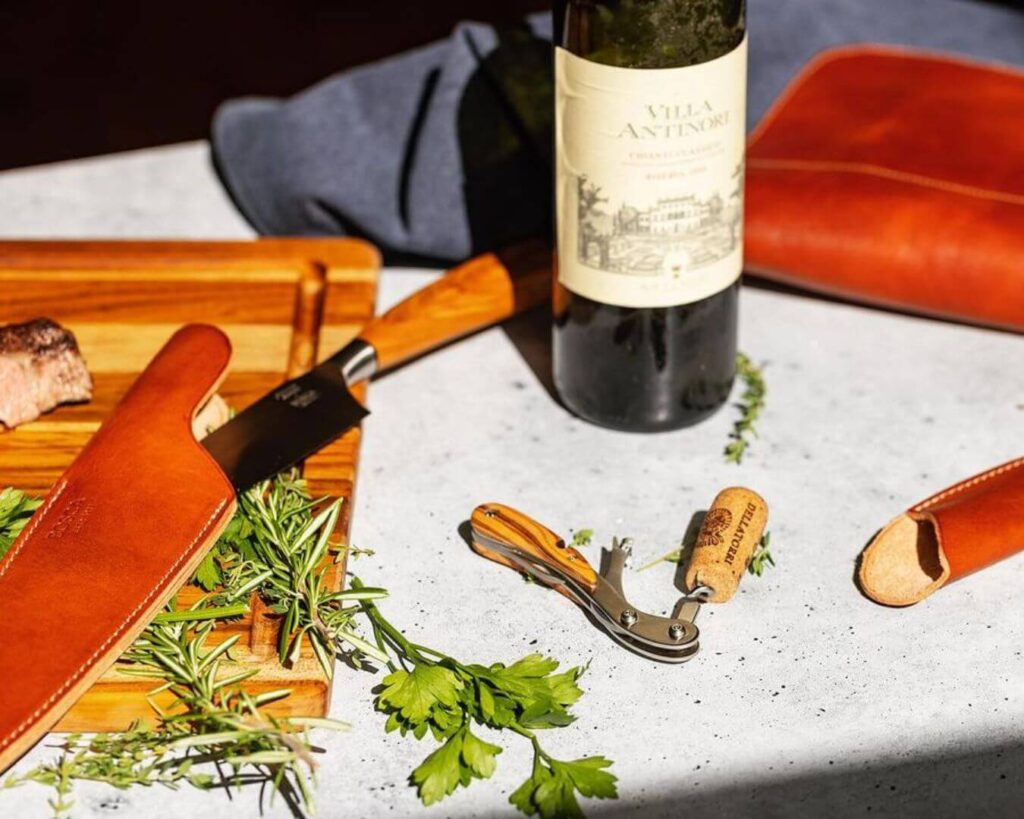
What’s your approach to design, and where do you find the inspiration to develop new products?
I was not trained as a designer other than at the elbow of my father and uncle. My father was an engineer, but had a very artistic side to him: I learned this business at his side. I do obviously need to be somewhat strategic in how I create the line, and I need to understand and have a feel for what our shopper wants, how their functional needs are changing. I need to understand the direction of style as well. My goal, however, is always to be the thing that represents continuity and respect for the past, even as we create the future. We are the thing that is beautiful, organic, and human in any environment from an old house with wide plank chestnut floors to a glass tower overlooking the shining Biscayne Bay. We are not everything to everyone. In fact, we are known and loved by a narrow but fanatical slice of the population, but our aesthetic can move from world to world, so the profile of our customers is quite broad in terms of age, income, and style.
Are there any meaningful moments in the history of Bosca that you would like to share with us?
One of the moments that was really determinative was our decision to walk away from a very large retailer by the name of Target. I worked very hard to have the opportunity to develop a line for Target, and it was a line of Bosca-like products with a Bosca-like sub-brand. We did two seasons with them, during which I really liked working with Target. They are a good retailer with a genuine interest in good design at very low prices. In that period in particular they were really strong with that formula. When we hit a little bump with them, however, it really made me think about where we were headed. I feared that if we continued with that business, we would become that business – and we were not big enough to be that for Target while also keeping true to our core. So, at the sacrifice of a lot of business, we returned to focus on our core brand and core product. I am grateful for having had the opportunity, but I still feel that we made the right decision.
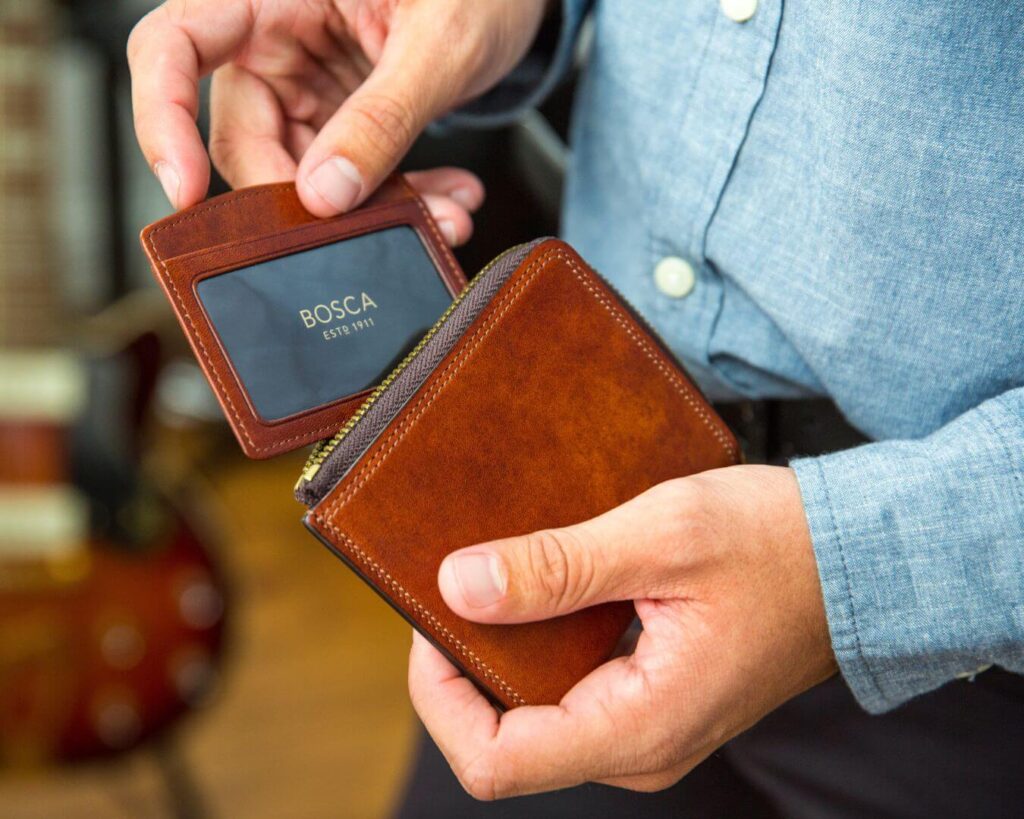
Sustainability is a growing concern in the fashion/accessories industry: what is your approach to this topic?
Throughout our history, sustainability has been integral to our practices. We honor the origins of our raw materials by crafting products designed for long-term use and enjoyment—a stark contrast to the disposable nature of mass-market or fast-fashion items, which often end up in landfills after minimal use. Our commitment to sustainability extends to the materials we use. Vegetable-tanned leather, inherently eco-friendly and responsible, is a cornerstone of our process. Sourced from humane, small-scale agriculture in France, the leather undergoes production in Santa Croce, Italy, where all tanneries are connected to a communal water purification system. Here, water usage operates in a partially circular manner, ensuring pure discharge. This method of tanning, using organic sources like oak, chestnut, and mimosa, is what defines vegetable-tanned leather. We take pride in these practices and are continuously seeking ways to enhance our sustainability efforts. For instance, our new line, “Dolce Marina”, combines our trademark Dolce hand-stained leather with Marina” a nylon fabric crafted from recycled plastics retrieved from marine environments.
When making decisions, we prioritize responsibility. Our gift packaging utilizes recycled materials, although sourcing recycled paper stock has presented challenges. Additionally, we repurpose packing materials in our warehousing and shipping processes. An ongoing effort involves the transition to recycling polyester threads in our stitching, albeit in small quantities. We strive to select sustainable options whenever feasible in every aspect of our operations. We believe that centralizing our manufacturing here in Italy has one of the most substantial impacts: reducing material movement and enabling stringent waste control.
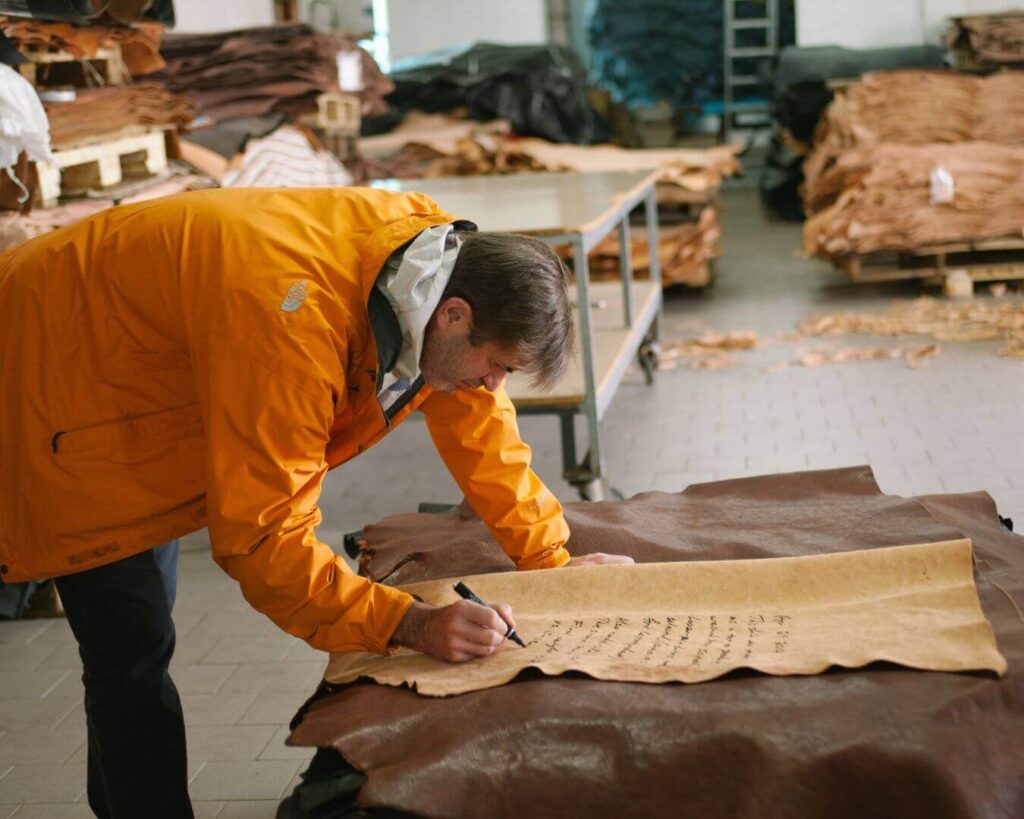
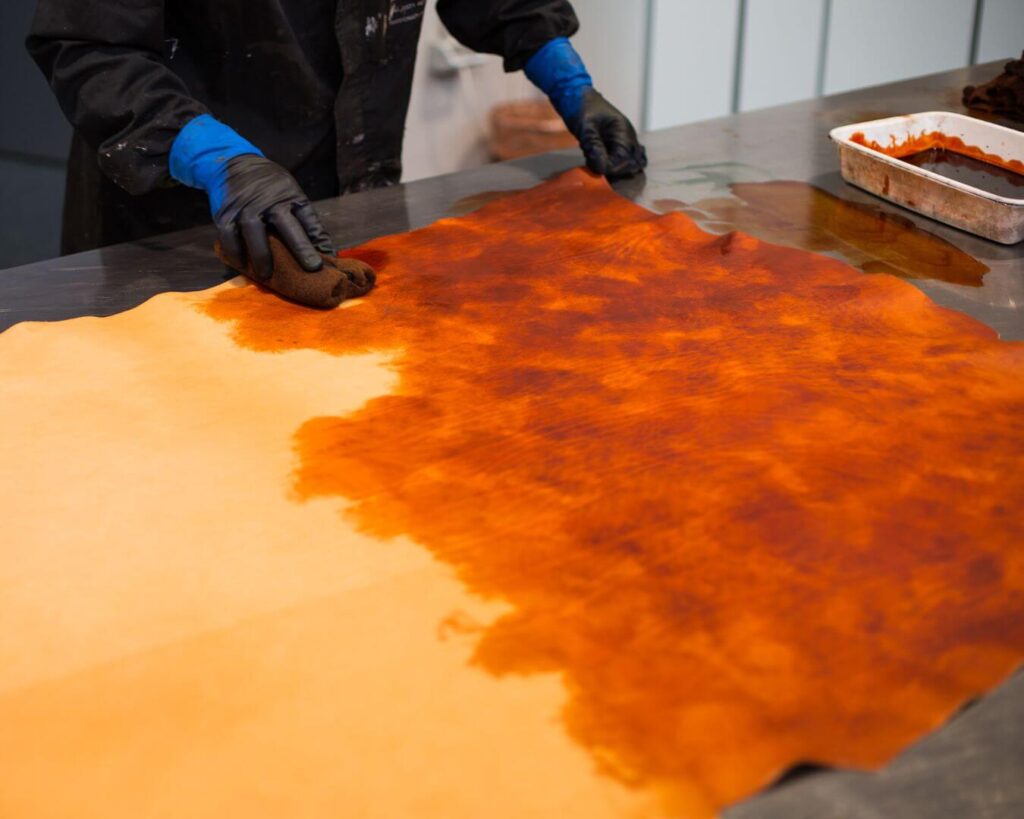
What sets your products apart and makes them unique?
To be fair, in some ways our products are not unique. Anyone could do what we do, and there are actually many competitors, especially now in the Direct-to-Consumer category. What makes us what we are is a dedication to an updated classic look, our attention to every detail in design and execution (precise selection of thread color, weight, needle type, stitches per inch, etc.) But while anyone could do what we do, what makes us different, perhaps unique, is our stubbornness. What we do is very difficult. Imagine hand-staining leather: it needs to have just the right amount of variance in color, but still retain a consistent overall tone. It is subjective so it is easy for that degree of variance or tone to drift off course.
For this reason, I personally inspect the leathers in the final finishing processes. Just like that, we are hands-on with all aspects of production: every piece is inspected in our Springfield Ohio facility. Many other brands have tried using leathers and finishes like ours, but few (if any) continue to do so. It simply takes too much expertise on the ground, too much personal attention, too much care and time. New DTC companies like to “scale” quickly, and the kind of work that we do does not “scale” easily. I feel like this is just what we do, and at the same time it is what we can’t not do. It is me and it is us.
All your products are made in Italy: how relevant would you say this is for perspective buyers?
About 65% of the products in our line now are made in Italy exclusively or there is a version (marked Italia) made in Italy. We have wonderful partners in other parts of the world – one of which we have worked with for 35 years! – but I think that the Italian connection for us goes back to our DNA; back to our founder Hugo Bosca. It is my privilege to bring this story full circle by relocating the production to Italy. I think that many of our customers value the artisan aspect of Italian culture. Italy certainly is changing over time as its ethnicity mixes and shifts, and as EU and world politics and economic realities push and pull on us all. In the end, however, the culture here in Italy places a high value on individual freedom, creativity, small enterprise, family, food, friends, real conversation and discourse. These are all things that are consistent with our view of the world. I think that these elements are understood in a non-specific way by our shopper. So, the Bosca brand does carry with it a lot of what we live as the “Italian Life.”, that at Bosca we combined it with the enterprising, energetic, and commercial aspects of Hugo’s adopted home, the United States.

What’s the hardest part about being a small company in a world of big brands and fast fashion items?
First: there isn’t anything good that is easy! But seriously, telling our story is very difficult. One important fact is this: our wallets, bags, and belts do cost more than average. But they will also last a long time. Our products will age gracefully – actually getting better with use until they finally, someday, wear out. For years we have used a catchy little phrase that we like: “Bosca wears in, not out.” We need to communicate to the shopper that we want them to like their purchase when it is new, but that they will love it over time. Cutting through the noise to deliver that message is difficult.
What are some of your most popular or beloved products, and what do you think makes them stand out to customers?
This is a great question for us because making our customers love their Bosca is what we seek to do. For that reason, the answer is any Bosca product. There are certainly favorites like the Shave kit, the Writing pad, and certain bags like the Partners brief and the Dolce duffle, but really any product is one that we want you to love. Some of our wallet styles have been in our line for 20 or more years. Every year we introduce new items, new leathers, new colors; many of these are introduced with the idea of maintaining our age demographic. Interestingly, however, over a long period of time we see the youngest of our customers are attracted by our most traditional items. I am in the process of updating some travel bags now and have been re-reading reviews. I found this one, from 2018:
“I am not one to typically write reviews, but the quality of this bag warrants it. Wonderful leather that has held up through many beatings and still looks brand new after two years of college and travels in the military. This is much more of a companion or friend than a mere bag.”
That, right there is what we seek to achieve, and what we struggle to communicate.
Which public figure, either from the past or present, do you believe best embodies the overall style of the brand?
I am not really knowledgeable about celebrities, and I actually mourn the rise of celebrity culture in the US and elsewhere, but I have always admired the image of Cary Grant. He was a gentleman; always nicely dressed to please himself, not to make a statement or show off. As an actor he projected pride and humility, and he had a gentle humor.
I have always felt like that guy might have been a “Bosca guy.”
Discover more about Bosca.
Never miss a story – subscribe now to the Gents Cafe Newsletter, a bite-sized read about men’s lifestyle to enjoy over a coffee or a nice cocktail.

